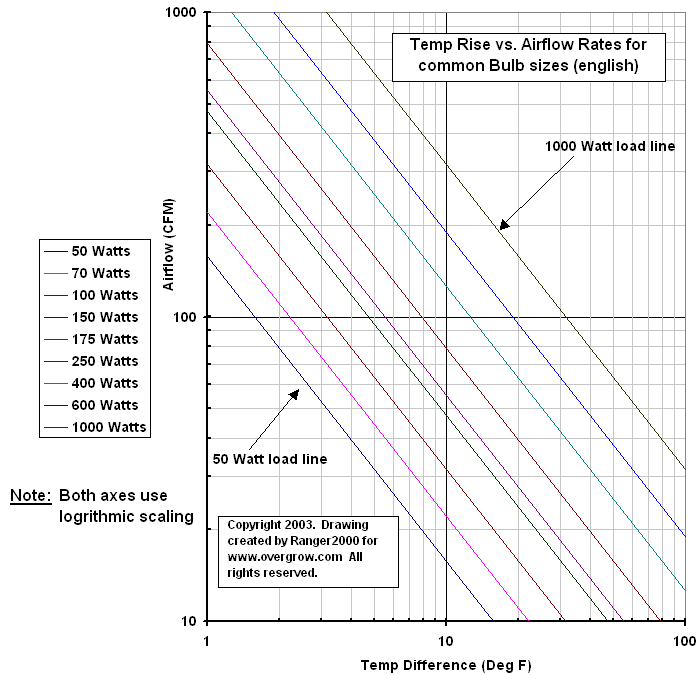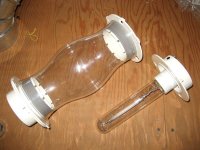Thanks Hoosier. I'm only considering the couplers for each end of the cooltube. So each end of the cooltube would be glass --> coupler, male --> coupler, female --> flexible 4" ducting. The 100CFM fan would be on the exhaust side, pulling air through.
So my light socket would be mounted inside of one 1/2 of the coupler, allowing me to disconnect the halves and pull my bulb and socket out of the cooltube in a jiffy.
I may stack my axial fans just as a backup in case one of them fails. (I may do this regardless of the cooltube design I go with.)
At any rate, I got an email from the manufacturer and the ABS plastic they are made of is rated to 212 deg F, so I'm going to use them. Will take some pics and post a mini-tute.
So my light socket would be mounted inside of one 1/2 of the coupler, allowing me to disconnect the halves and pull my bulb and socket out of the cooltube in a jiffy.
I may stack my axial fans just as a backup in case one of them fails. (I may do this regardless of the cooltube design I go with.)
At any rate, I got an email from the manufacturer and the ABS plastic they are made of is rated to 212 deg F, so I'm going to use them. Will take some pics and post a mini-tute.
Last edited:






